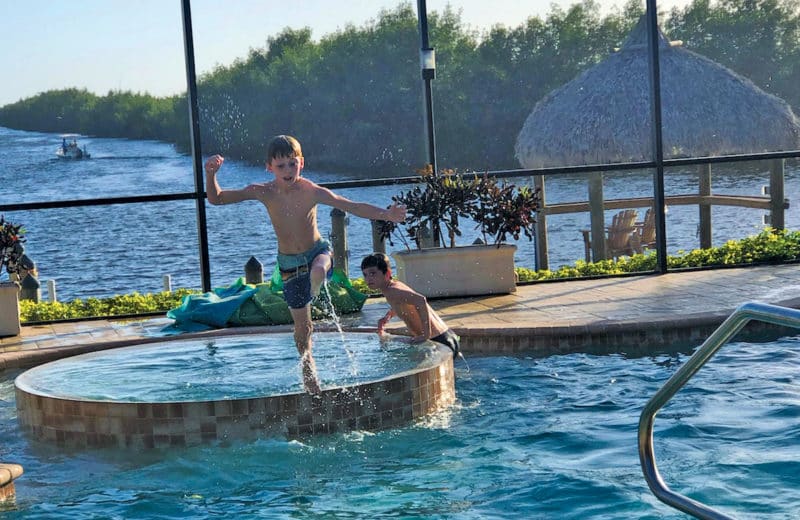By Sue Hubbard, M.D.
It is the time of year for bugs and bites, and I see a lot of kids with bites coming into my office. Parents ask, “What kind of bite is it?” And in most of the kids I see are having a reaction to a mosquito bite. Parents are extremely concerned that the reaction may be abnormal and lead to breathing issues or that the bite it is infected.
For some reason, baby and toddler skin just seems to swell more. That is not science, but my observation. Maybe it’s because they are “yummier”? At any rate, the best way to avoid “the mystery bite” is by using insect repellent.
The American Academy of Pediatrics (AAP) recommends that children be protected from mosquitoes, as they may not only cause discomfort and itching but also several viral illnesses including West Nile, Zika and Chikungunya. Insect repellents will also prevent ticks, some of which may transmit Lyme disease.
Both the AAP and Centers for Disease Control recommend the use of DEET-containing repellents for children 2 months of age and older. For young infants, it is often easy to protect them from bites by using mosquito netting over their stroller or car seat when they are outdoors. Once your child is older and hard to “contain” beneath mosquito netting, you may use a DEET-containing repellent and start with the lowest concentration (you will need to read the labels on each product).
The protection and effectiveness for DEET products of different concentrations is similar, but a higher concentration provides a longer duration of protection. Picaridin has also been approved for use in concentrations of 5 percent to 10 percent. The higher the concentration, the longer the duration of protection. So choose accordingly. I often have several products at our house and decide which to use based on the length of time we are enjoying the backyard, the age of child or adult, and the method which I want to use to apply (spray, lotion, wipes).
You do not want to choose a product that contains both sunscreen and an insect repellent. Sunscreen should be applied about every two hours, and bug spray should be applied far less frequently. I recommend applying the insect repellent with my hands rather than trying to spray a young child who is a moving target. I even put the bug spray on those precious bald baby heads (if over 2 months). At the end of the day, make sure to wash off the insect repellent. Bath time for all!
It is also important to dress appropriately if you are going outdoors. When possible, dress your child in long sleeves, pants and even socks, which will prevent bites. Avoid brightly colored and flowery clothes (may be boring), as these too attract insects.
It is also especially important to remove standing water around your house and yard. After a rain or watering, check any standing water and empty any residual water from buckets, candles, bird baths or empty pots. Standing water is an easy breeding ground for mosquito larvae. The type of mosquito that carries Zika also prefers to be close to houses, so it is really important drain standing water near your house.
Don’t be afraid of using bug sprays on children, if you use them appropriately, as prevention is always preferable!
(Dr. Sue Hubbard is an award-winning pediatrician, medical editor and media host. “The Kid’s Doctor” TV feature can be seen on more than 90 stations across the U.S. Submit questions at http://www.kidsdr.com. The Kid’s Doctor e-book, “Tattoos to Texting: Parenting Today’s Teen,” is now available from Amazon and other e-book vendors.)
(c) 2017, KIDSDR.COM. DISTRIBUTED BY TRIBUNE CONTENT AGENCY, LLC.












